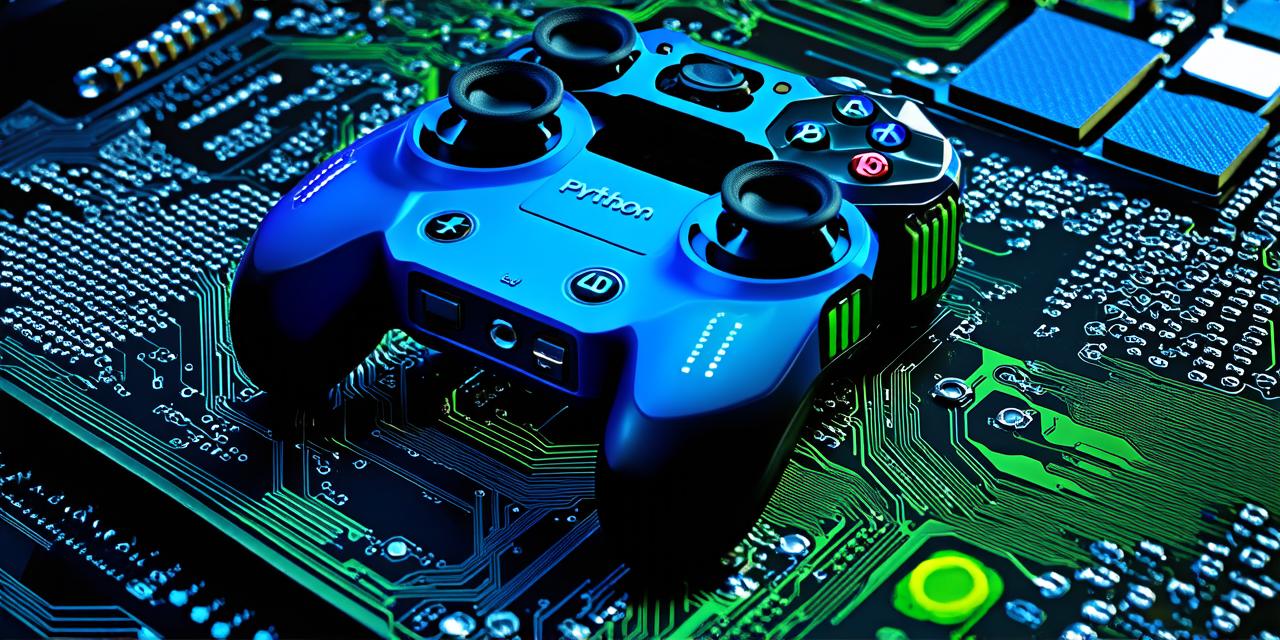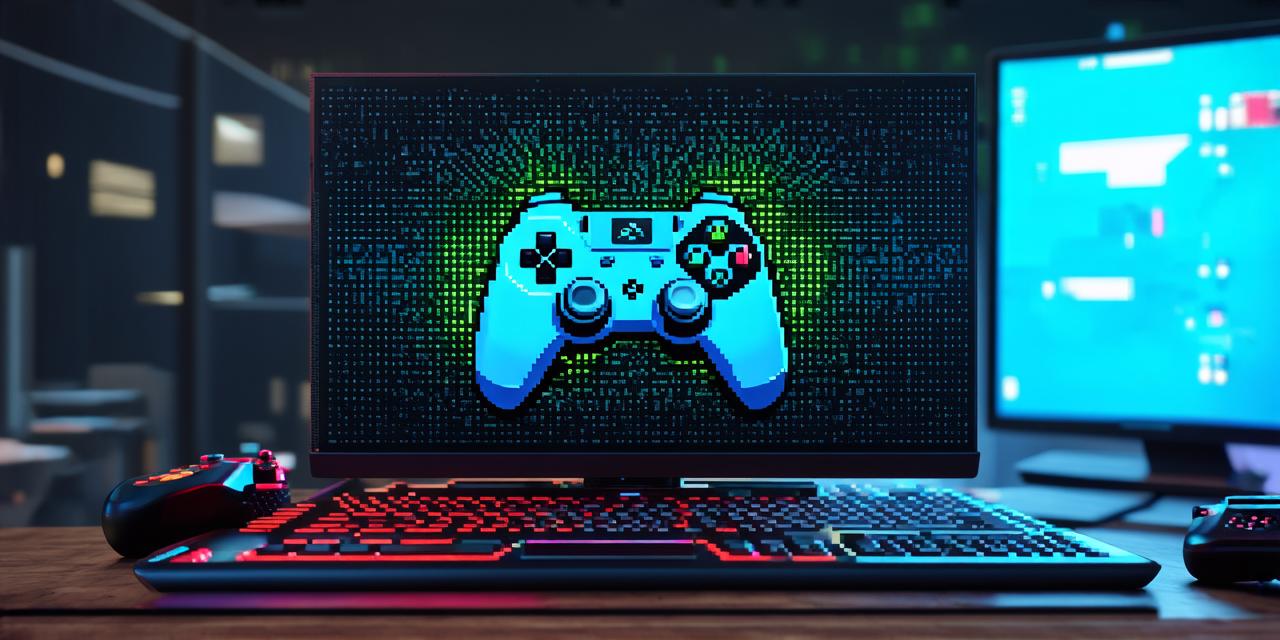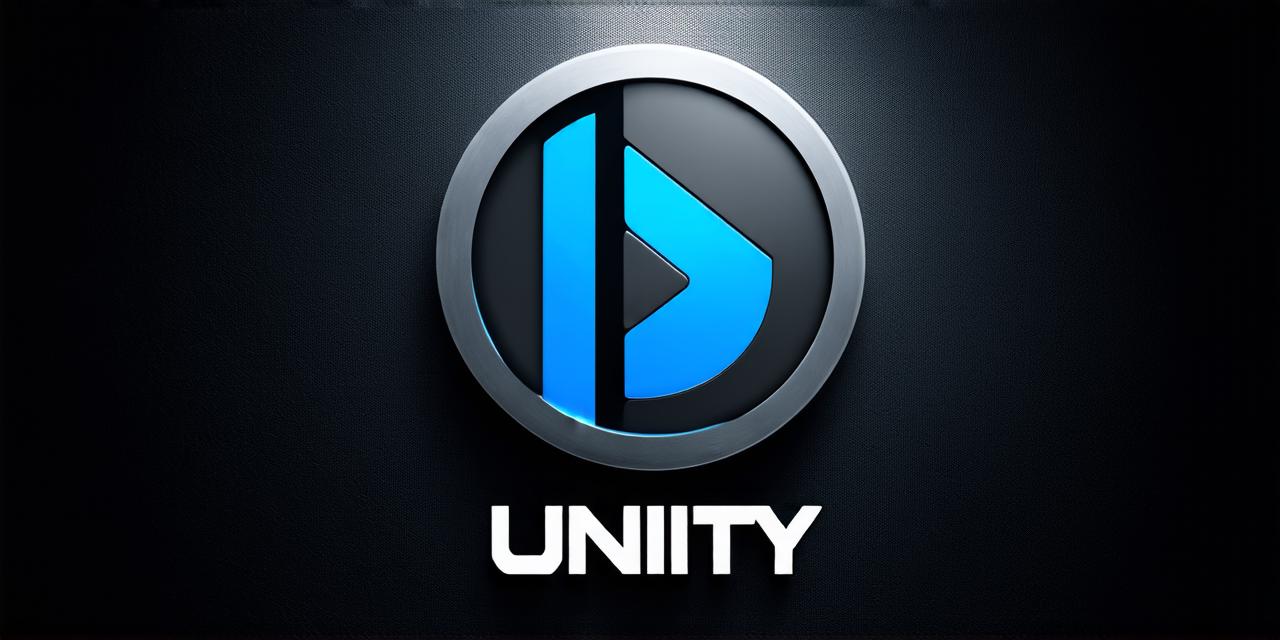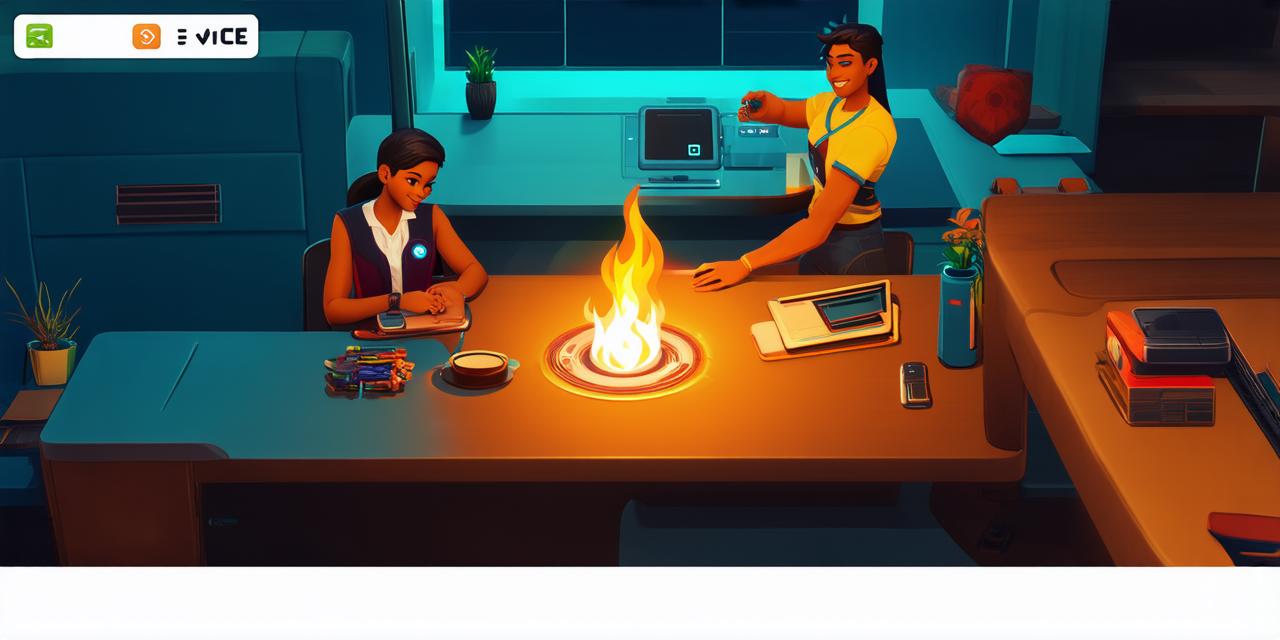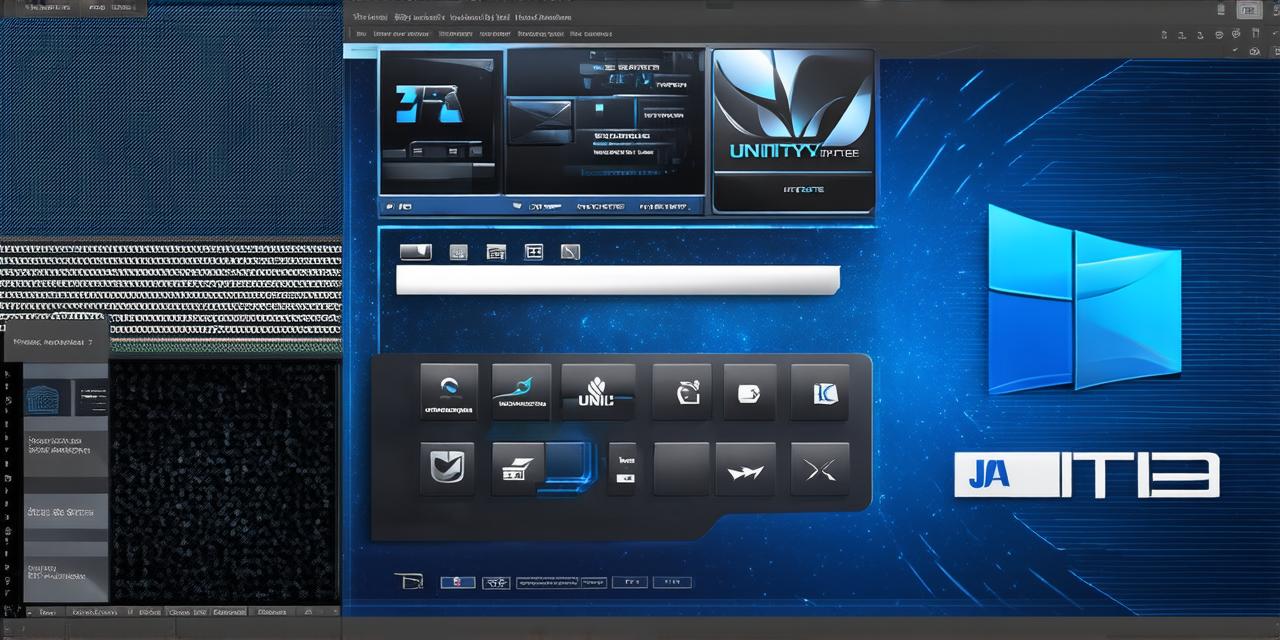Python is a popular programming language that can be used for various applications, including developing 3D games. While it may not have the same level of support as other game development engines like Unity and Unreal Engine, Python’s simplicity, versatility, and vast array of libraries make it a viable option for creating 3D games.
Advantages of using Python for 3D game development
Simple syntax and ease of use
Python’s simple syntax and ease of use make it an excellent choice for beginners or those who want to quickly prototype a game idea. With Python, you can create complex algorithms and data structures with minimal code, making it easier to focus on the creative aspects of game development.
Versatility and flexibility
Python is a general-purpose programming language that can be used for various applications, including web development, scientific computing, and machine learning. This versatility allows developers to leverage Python’s existing libraries and tools to create 3D games with minimal effort.

Large community and support
Python has a large and active community of users who contribute to its development and provide support for those using the language. This community also includes many resources, such as tutorials, documentation, and forums, that can help developers get started with game development in Python.
Cross-platform compatibility
Python is available on multiple platforms, including Windows, macOS, and Linux. This allows developers to create games that can run on a wide range of devices, making it easier to reach a larger audience.
Disadvantages of using Python for 3D game development
Limited support for 3D graphics
Python’s support for 3D graphics is limited compared to other game development engines like Unity and Unreal Engine. While there are several libraries available, such as
PyOpenGL
and Pygame, these may not provide the same level of performance or functionality as more specialized engines.
Limited resources for advanced features
Python has fewer resources for advanced features, such as physics simulations and real-time rendering, compared to other game development engines. While there are many libraries available, developers may need to spend more time researching and implementing these features themselves.
Limited community support for 3D game development
While Python has a large community of users, it has fewer resources specifically dedicated to 3D game development. This can make it harder for developers to find answers to specific questions or receive feedback on their work.
Real-life examples of 3D games developed with Python
Minecraft
Minecraft is one of the most popular 3D games in the world, and it was originally created using Python. The game’s creator, Markus Persson, used Python to prototype the game’s mechanics and then migrated to a more specialized engine for production. While the majority of
Minecraft
‘s codebase is now written in Java, some elements of the game, such as the map generation algorithm, are still written in Python.
PyOpenGL
PyOpenGL is a popular library that allows developers to create 3D graphics with Python. It provides access to OpenGL functionality and can be used to create games, simulations, and other applications that require 3D rendering.
